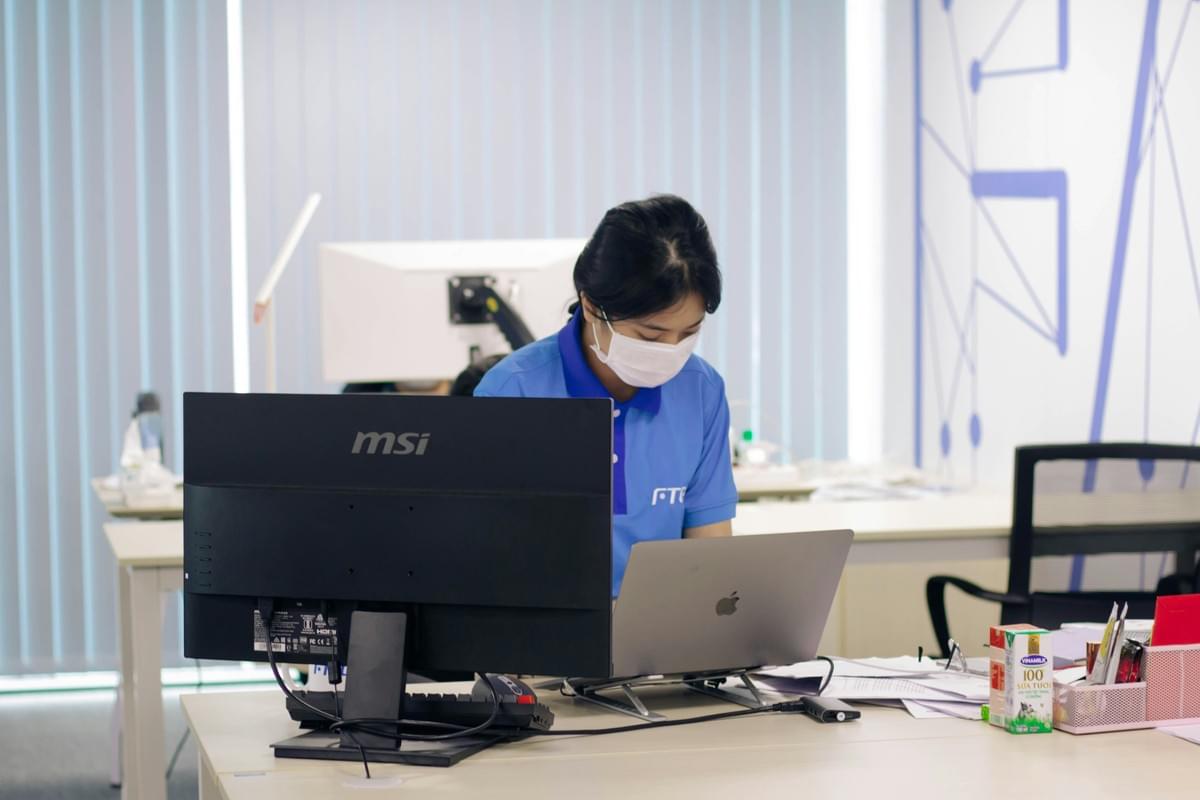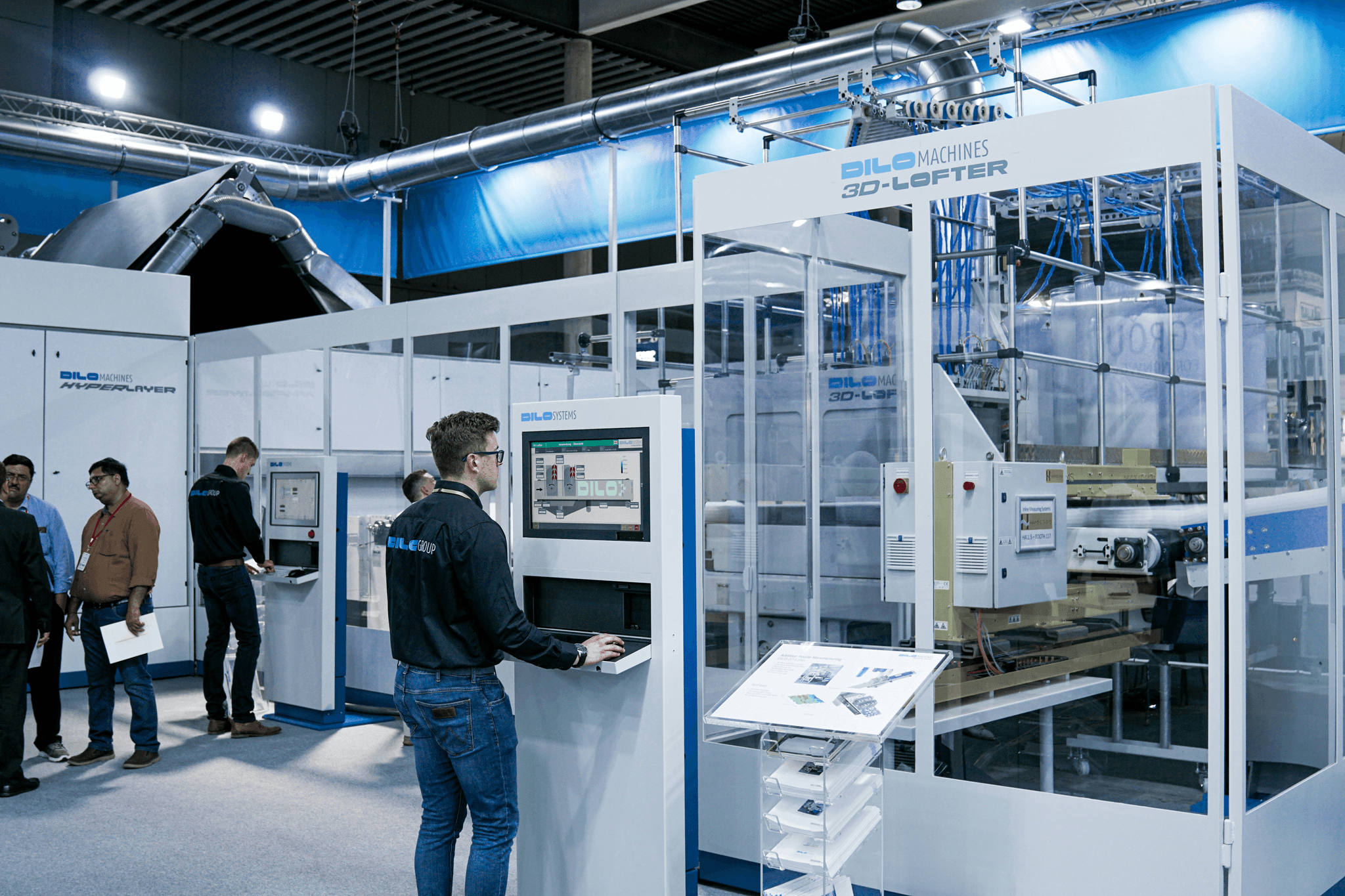Introduction
In the realm of manufacturing, ensuring product quality is paramount, and that's where AQL (Acceptable Quality Level) comes into play. AQL serves as a critical component in quality control, providing a systematic approach to evaluating product samples and determining whether they meet established standards. By understanding AQL's role in quality assurance, manufacturers can effectively minimize risks while maintaining high-quality outputs.
Understanding AQL's Role in Quality Control
AQL is essentially a statistical measurement that helps quality control companies decide if a batch of products meets the required specifications. It provides a framework for conducting quality inspections, allowing manufacturers to balance the risk of defects against the cost of inspection. With various levels of AQL—each serving different purposes—companies can tailor their quality assurance strategies to fit specific production needs.
Importance of Quality Inspections in Manufacturing
Quality inspections are vital in manufacturing because they help ensure that products meet customer expectations and regulatory standards. Without effective QC quality control measures, companies risk delivering subpar products that could harm their reputation or lead to costly recalls. By implementing robust manufacturing quality inspection software alongside AQL methodologies, businesses can streamline their inspection processes and enhance overall product reliability.
Overview of AQL Levels in Quality Assurance
AQL levels categorize acceptable limits for defective items within a batch, with each level offering varying degrees of scrutiny and acceptance criteria. For instance, while AQL level 1 might be suitable for less critical items, higher levels like AQL level 2 provide more stringent measures for products where safety or functionality is essential. Understanding these distinctions allows manufacturers to make informed choices regarding quality inspections and optimize their QA inspections accordingly.
What is AQL Level 1?

AQL Level 1 represents the most lenient acceptance quality limit within the AQL framework, providing a baseline for quality control processes in manufacturing. This level is designed to ensure that products meet minimum quality standards while allowing for a certain percentage of defects. Understanding AQL Level 1 is crucial for companies aiming to implement effective quality assurance practices without straining their resources.
Definition and Purpose of AQL Level 1
AQL Level 1 is defined as the acceptance quality level that permits a higher number of defects compared to its counterparts, specifically tailored for situations where the cost of rejection may outweigh the risk of accepting some faulty items. The primary purpose of this level is to streamline production by minimizing disruptions caused by overly stringent inspection criteria. In essence, it acts as a balancing act between maintaining product integrity and ensuring operational efficiency in manufacturing.
Ideal Use Cases for AQL Level 1
AQL Level 1 shines in scenarios where product functionality isn't critically affected by minor defects, making it ideal for non-essential consumer goods or components with low safety implications. Quality control companies often employ this level when dealing with high-volume production runs where speed and cost-effectiveness are paramount. Additionally, manufacturers using advanced quality inspection software can effectively manage these inspections without compromising overall product quality.
Balancing Risk and Acceptance Criteria
When utilizing AQL Level 1, it's essential to balance risk with acceptance criteria thoughtfully; while some defects are permissible, excessive tolerance can lead to consumer dissatisfaction and brand damage. Quality assurance teams must carefully evaluate the potential impact of accepted flaws on customer experience versus operational costs associated with stricter controls like those found in AQL level 2 or even higher levels. By establishing clear thresholds and monitoring outcomes through QA inspections, businesses can navigate this delicate balance effectively.
The Significance of AQL Level 2

In the realm of quality assurance, AQL Level 2 stands out as a pivotal benchmark that balances the need for thorough quality control with practical efficiency. It serves as a middle ground, ensuring that products meet acceptable quality standards without overwhelming manufacturers with excessive inspections. This level is particularly essential in industries where maintaining high-quality output is crucial for customer satisfaction and brand reputation.
Core Principles of AQL Level 2
AQL Level 2 embodies core principles that focus on minimizing defects while allowing for a reasonable acceptance rate in manufacturing quality inspections. This level typically allows for a higher number of acceptable defects compared to Level 1, making it more suitable for larger production runs where minor imperfections can be tolerated without compromising overall product integrity. By embracing these principles, quality control companies can effectively implement QA inspections that are both rigorous and practical.
The essence of AQL Level 2 lies in its ability to balance risk and efficiency; it offers manufacturers a structured approach to determine how many defects are permissible before products are rejected. This level ensures that while the focus remains on maintaining high-quality standards, operational costs tied to excessive rejections or rework are kept at bay. Thus, AQL Level 2 becomes an invaluable tool in the arsenal of manufacturing quality inspection software.
Situations Where AQL Level 2 Excels
AQL Level 2 excels in situations where there is a need for flexibility combined with stringent quality assurance measures. It is particularly beneficial in industries such as electronics or textiles, where small defects may not significantly impact functionality or safety but could still affect customer perception if left unchecked. In these cases, employing AQL Level 2 allows manufacturers to maintain competitive pricing while ensuring their products meet acceptable standards through effective QC quality control processes.
Moreover, this level proves advantageous during high-volume production runs where time constraints may limit comprehensive inspections. By utilizing AQL Level 2 protocols, manufacturers can streamline their inspection processes without sacrificing product integrity or consumer trust—an essential aspect in today’s fast-paced market environment. Ultimately, this adaptability makes AQL Level 2 an ideal choice for businesses looking to optimize their manufacturing workflows.
Comparison with Other AQL Levels
When comparing AQL Level 2 with other levels such as Levels 1 and 3, its unique position becomes evident: it strikes an optimal balance between strictness and leniency in quality control assessments. While AQL Level 1 focuses on minimizing risk by accepting fewer defects—ideal for critical components—AQL Level 3 allows more leeway but may lead to increased risks if not carefully monitored during QA inspections. Thus, choosing the right level depends largely on the specific industry requirements and product expectations.
A key advantage of using AQL Level 2 over other levels is its ability to foster collaboration between manufacturers and suppliers by creating realistic expectations regarding defect rates during production cycles. Quality control companies often find that implementing this middle-ground approach enhances communication about potential issues without instilling fear of rejection among workers involved in manufacturing processes. Consequently, businesses can maintain robust relationships while ensuring consistent adherence to established quality standards.
In summary, understanding the significance of AQL Level 2 within the broader context of quality assurance empowers organizations to make informed decisions about their inspection strategies and operational methodologies.
Exploring AQL Level 3

AQL Level 3 is a critical component in the hierarchy of Acceptable Quality Levels, particularly when it comes to maintaining high standards in quality control. This level is designed for situations where the stakes are higher, and the cost of defects can significantly impact both manufacturers and consumers. By setting stricter acceptance criteria, AQL Level 3 aims to minimize risks while ensuring that products meet essential quality assurance benchmarks.
Characteristics of AQL Level 3
AQL Level 3 is characterized by its rigorous standards and lower acceptance rates compared to AQL levels 1 and 2. This level typically allows for fewer defects per batch, making it ideal for high-stakes industries such as aerospace or medical devices where product failure could lead to severe consequences. Quality inspection processes under this level require meticulous attention to detail, often utilizing advanced manufacturing quality inspection software to ensure compliance with stringent regulations.
When to Implement AQL Level 3
Implementing AQL Level 3 is usually warranted in scenarios where product reliability is paramount. Industries that deal with life-critical systems or high-value items should consider this level as part of their quality control strategy. Additionally, if previous inspections have indicated a trend toward increased defects at lower levels like AQL Level 2, moving up to Level 3 may be essential for safeguarding brand reputation and customer trust.
Impact on Quality Control Companies
For quality control companies, adopting AQL Level 3 can significantly enhance their service offerings and credibility in the market. By specializing in strict quality inspection protocols, these firms can attract clients who require uncompromising standards in their products. Furthermore, incorporating robust QA inspections aligned with AQL Level 3 can lead to improved operational efficiencies and reduced costs associated with rework or product recalls.
Conclusion
In the realm of quality control, understanding AQL levels is crucial for effective quality assurance. Each AQL level serves a distinct purpose, allowing manufacturers to tailor their inspection processes based on the specific needs of their products and the risks involved. By grasping the nuances of AQL Level 1, Level 2, and Level 3, companies can enhance their overall quality inspection strategies.
Key Takeaways on AQL Levels
AQL levels serve as benchmarks in quality inspections, helping businesses determine acceptable defect rates for their products. AQL Level 2 stands out due to its balanced approach—it offers a middle ground that many manufacturing quality inspection software solutions favor. Understanding these levels not only aids in risk management but also streamlines communication between quality control companies and manufacturers.
Enhancing Quality Assurance with AQL
Integrating AQL into your quality assurance framework can significantly improve product reliability and customer satisfaction. With tools like manufacturing quality inspection software, organizations can automate and refine QA inspections tailored to specific AQL levels. This proactive approach allows businesses to identify potential issues early in the production process, reducing waste and enhancing overall efficiency.
Making Informed Choices in Quality Inspection
Choosing the right AQL level is fundamental for effective quality control practices within any organization. By considering factors such as product type, market demand, and customer expectations, companies can make informed decisions about which level—be it Level 1 or Level 2—best suits their needs. Ultimately, leveraging insights from various AQL levels leads to better-quality products and fosters trust between manufacturers and consumers.
